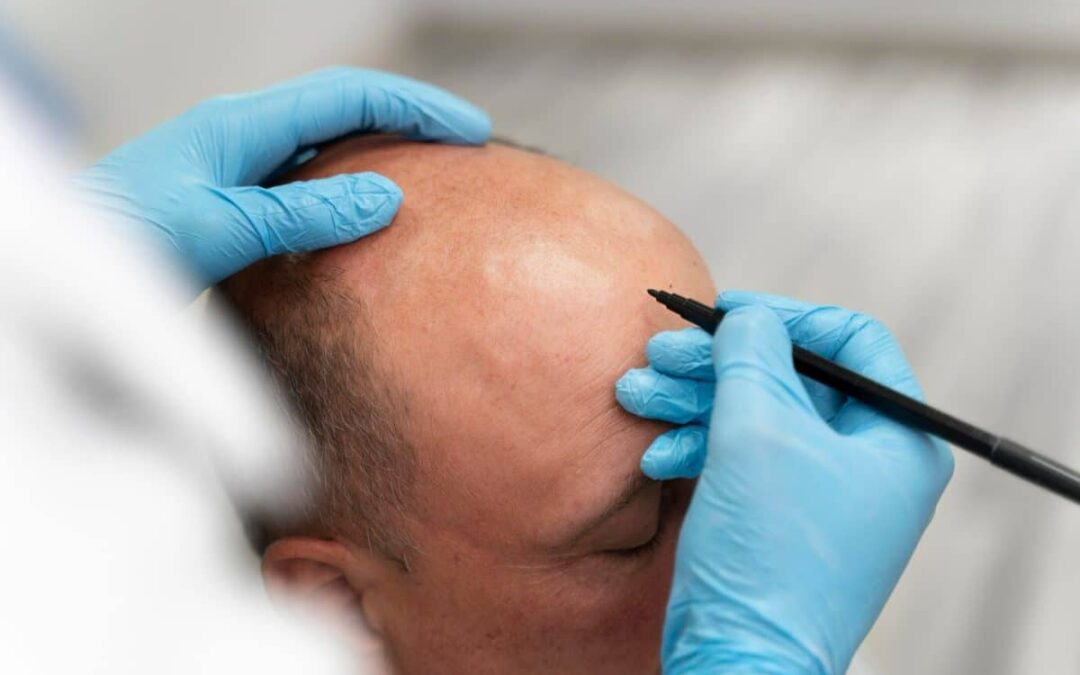Breast augmentation is a popular cosmetic procedure that enhances the size and shape of the breasts, helping women achieve a more proportionate and aesthetically pleasing appearance. When considering this procedure, many women have questions about how it might impact various aspects of their health and future plans, especially breastfeeding. One of the most common concerns is whether Breast Implants in Abu Dhabi can affect breastfeeding capabilities. Understanding this aspect is crucial for women who wish to maintain the ability to nurse their babies in the future.
Understanding Breast Implants and Breastfeeding
What Are Breast Implants?
Breast implants are medical devices inserted into the breasts to enhance their size and shape. They typically consist of a silicone or saline outer shell filled with a silicone gel or saline solution. The placement of implants can vary—either beneath the breast tissue or underneath the chest muscle—depending on the specific surgical plan and individual anatomy.
How Breast Implants Interact with Breast Anatomy
Breasts are composed of glandular tissue, ducts, fat, and connective tissue. During pregnancy and breastfeeding, the glandular tissue and milk ducts undergo significant changes to produce and deliver milk. The placement of implants can influence these structures differently, which is why understanding how they interact is vital for assessing breastfeeding potential.
Does Breast Implants in Abu Dhabi Affect Breastfeeding?
Impact on Milk Production
One of the primary concerns is whether breast implants interfere with the ability to produce milk. Generally, if the breast tissue and milk ducts remain intact and undamaged during the augmentation procedure, most women retain their capacity to breastfeed. The surgical technique and placement of the implant play a significant role; for example, submuscular placement tends to preserve more of the glandular tissue compared to subglandular placement.
Effect on Milk Ducts and Nerve Function
The milk ducts and nerves are essential for breastfeeding. If the surgery involves extensive dissection or trauma to these structures, it could potentially affect milk flow or nipple sensitivity. However, most modern surgical techniques aim to minimize disruption, thereby preserving breastfeeding functions.
Nipple Sensitivity and Erogenous Response
Nipple sensitivity can influence breastfeeding success. Some women report reduced nipple sensation following augmentation, which may impact the baby’s latch and suckling reflex. The degree of this effect varies depending on surgical technique and individual healing responses.
Scar Tissue and Milk Flow
Scar tissue formation around the implant can sometimes affect milk duct function. Proper surgical planning and post-operative care are essential to ensure minimal scarring and optimal preservation of breast tissue function.
Factors Influencing Breastfeeding After Breast Implants
Surgical Technique and Implant Placement
The choice of surgical approach significantly influences breastfeeding outcomes. Submuscular placement generally offers a higher likelihood of preserving milk ducts and glandular tissue, thereby supporting breastfeeding. Conversely, subglandular placement might pose a slightly higher risk of impacting milk production due to proximity to the milk-producing tissue.
Size and Type of Implants
Larger implants may stretch the breast tissue more and potentially impact milk duct integrity, especially if placed under the glandular tissue. The type of implant, such as silicone versus saline, does not directly affect breastfeeding, but the overall volume and placement are crucial factors.
Timing of Surgery
Women who undergo breast augmentation before pregnancy may have different experiences compared to those who have surgery after pregnancy and breastfeeding. Planning surgery prior to pregnancy usually allows for better assessment of future breastfeeding capabilities.
Individual Anatomical Factors
Every woman’s anatomy varies, and factors such as breast size, tissue quality, and duct placement can influence breastfeeding outcomes post-augmentation. Consultation with a qualified surgeon helps tailor the procedure to individual needs and future plans.
Post-Surgery Care and Tips for Successful Breastfeeding
Proper Surgical Planning
Choosing an experienced surgeon who understands the nuances of breast anatomy and breastfeeding needs is essential. They can recommend the most appropriate surgical approach to maximize both aesthetic outcomes and breastfeeding potential.
Timing of Surgery
If breastfeeding is a priority, some women prefer to delay augmentation until after they have finished breastfeeding. However, with proper surgical techniques, many women successfully breastfeed after augmentation.
Post-Operative Support
Supporting the healing process and monitoring for any complications can help preserve breast function. Following post-surgical guidelines and attending follow-up appointments are crucial steps.
Breastfeeding Techniques
Once cleared to breastfeed, technique adjustments, such as proper latch and positioning, can help optimize milk transfer and comfort. Consulting a lactation specialist can provide additional support.
Myths and Facts About Breast Implants and Breastfeeding
Breast Implants Completely Prevent Breastfeeding
While some implants may impact breastfeeding, most women retain the ability to produce milk, especially when proper surgical techniques are used.
Implants Always Reduce Milk Supply
Milk supply depends on various factors, and implants do not necessarily diminish milk production unless they damage glandular tissue or ducts.
Silicone Implants Are Unsafe for Breastfeeding
Scientific evidence indicates that silicone implants do not pose significant risks to breastfeeding or the health of the infant when appropriately managed.
All Women with Breast Implants Can Breastfeed
Individual anatomy and surgical details influence breastfeeding capability; consultation with a healthcare professional is essential for personalized guidance.
FAQs
Can I breastfeed normally after getting breast implants?
Yes, most women can breastfeed normally after breast augmentation, especially when the surgery preserves the milk ducts and glandular tissue. Proper surgical technique is key.
Does the placement of the implant affect breastfeeding success?
Yes, submuscular placement tends to be more conducive to breastfeeding because it minimizes disruption to the milk-producing tissue compared to subglandular placement.
Will breast implants affect the baby’s nutrition during breastfeeding?
Generally, no. As long as the milk ducts and glandular tissue are intact, the quality and quantity of breast milk are not adversely affected by implants.
Is it better to undergo breast augmentation before or after pregnancy?
Many women choose to have augmentation before pregnancy, but it is advisable to discuss your future family plans with your surgeon. Timing can influence both surgical outcomes and breastfeeding success.
Final Thoughts
Choosing to undergo Breast Implants in Abu Dhabi involves understanding the potential impact on future breastfeeding. While many women successfully breastfeed after augmentation, individual circumstances and surgical techniques play vital roles. Consulting with a qualified plastic surgeon who can evaluate your specific needs and provide tailored advice is essential for achieving both aesthetic goals and maintaining breastfeeding potential.
Ultimately, informed planning and expert surgical care can help you enjoy the benefits of breast augmentation while preserving your ability to nurture your baby through breastfeeding.







0 Comments